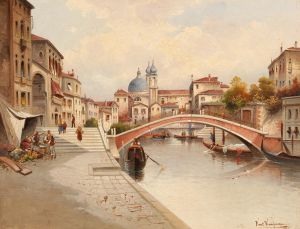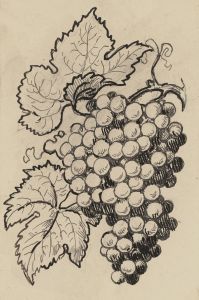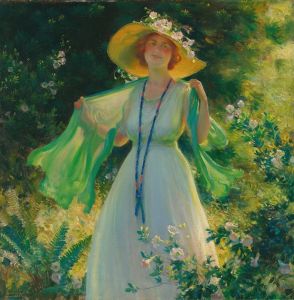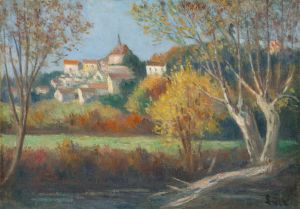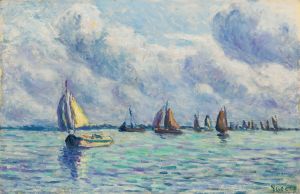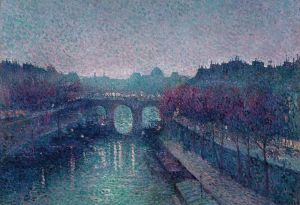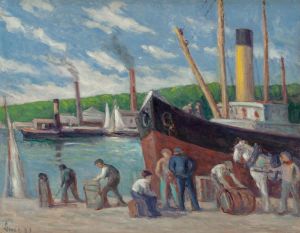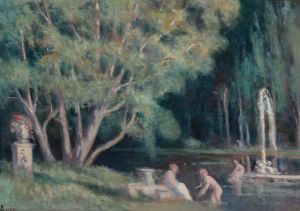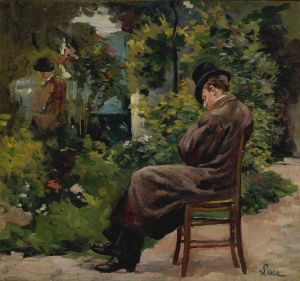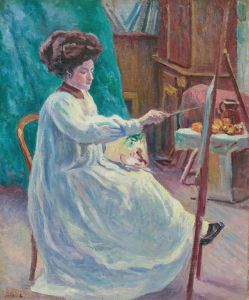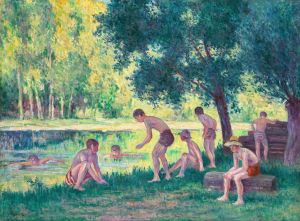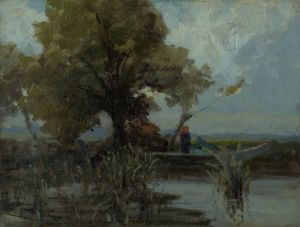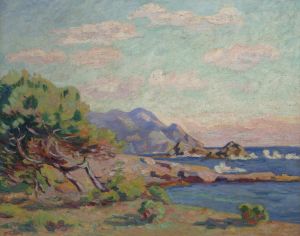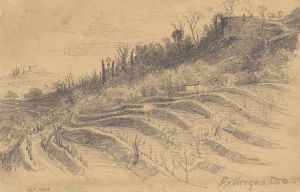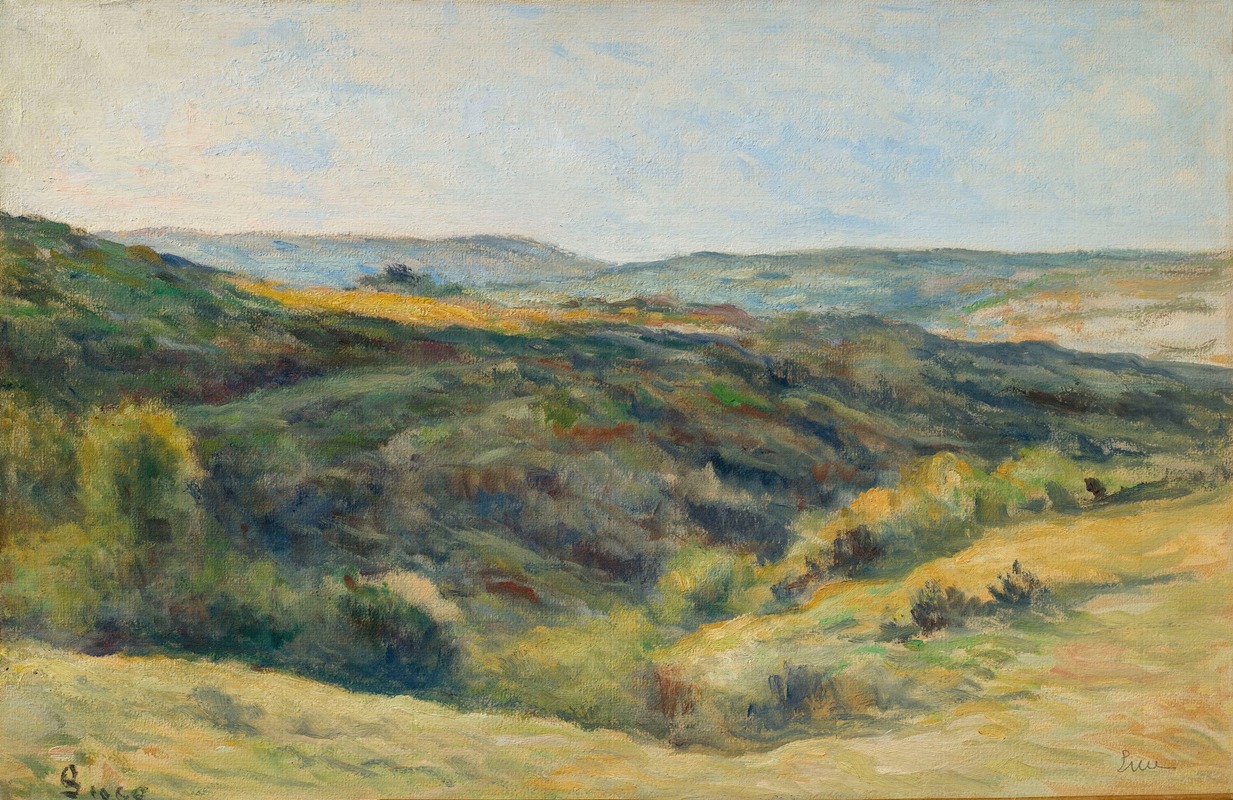
Rolleboise, les coteaux de la Rouge Voie
A hand-painted replica of Maximilien Luce’s masterpiece Rolleboise, les coteaux de la Rouge Voie, meticulously crafted by professional artists to capture the true essence of the original. Each piece is created with museum-quality canvas and rare mineral pigments, carefully painted by experienced artists with delicate brushstrokes and rich, layered colors to perfectly recreate the texture of the original artwork. Unlike machine-printed reproductions, this hand-painted version brings the painting to life, infused with the artist’s emotions and skill in every stroke. Whether for personal collection or home decoration, it instantly elevates the artistic atmosphere of any space.
Maximilien Luce was a prominent French Neo-Impressionist artist known for his contributions to the Pointillist movement. Born in Paris in 1858, Luce initially trained as an engraver before turning to painting. He became associated with the Neo-Impressionists, a group of artists who expanded upon the Impressionist movement by incorporating scientific theories of color and light. Luce's work is characterized by his use of vibrant colors and meticulous brushwork, often employing the Pointillist technique, which involves applying small, distinct dots of color to form an image.
"Rolleboise, les coteaux de la Rouge Voie" is one of Luce's notable works, capturing the serene landscape of Rolleboise, a commune in the Île-de-France region of France. This painting exemplifies Luce's mastery of the Pointillist technique, showcasing his ability to depict light and atmosphere through the careful placement of color dots. The title of the painting refers to the hillsides ("les coteaux") of the Rouge Voie, a specific area within Rolleboise, suggesting a focus on the natural beauty and rural charm of the region.
Luce's choice of Rolleboise as a subject reflects his interest in capturing the essence of the French countryside, a common theme in his body of work. The painting likely dates from the late 19th to early 20th century, a period when Luce was actively exploring landscapes and urban scenes. During this time, Luce was influenced by his contemporaries, including Georges Seurat and Paul Signac, who were also key figures in the Neo-Impressionist movement.
The composition of "Rolleboise, les coteaux de la Rouge Voie" demonstrates Luce's skillful use of color to convey mood and depth. The painting's palette is dominated by earthy tones and lush greens, punctuated by the occasional bright hue to capture the play of sunlight across the landscape. This approach not only highlights Luce's technical prowess but also his sensitivity to the natural environment.
Luce's work, including "Rolleboise, les coteaux de la Rouge Voie," is celebrated for its ability to evoke a sense of tranquility and harmony with nature. His paintings often invite viewers to pause and appreciate the subtle beauty of everyday scenes, a hallmark of the Neo-Impressionist ethos. Through his art, Luce sought to convey the interconnectedness of light, color, and form, creating compositions that resonate with both visual and emotional impact.
Maximilien Luce's contributions to the art world extend beyond his paintings. He was also known for his political activism and commitment to social justice, which informed his artistic practice. Luce's works often reflect his belief in the power of art to inspire change and foster a deeper understanding of the human experience.
Today, "Rolleboise, les coteaux de la Rouge Voie" and other works by Luce are held in various public and private collections, where they continue to be appreciated for their innovative approach to color and form. Luce's legacy as a Neo-Impressionist painter endures, influencing subsequent generations of artists and art enthusiasts alike.





